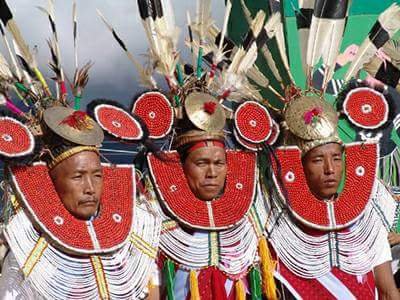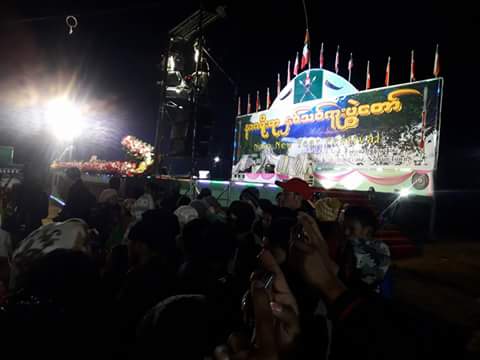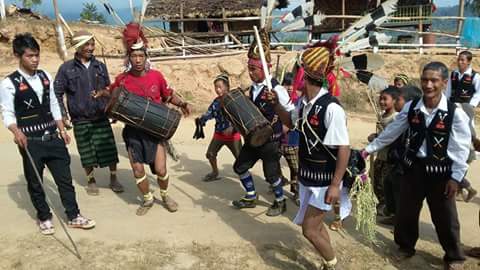A dance in the mountains: Celebrating the Naga New Year
Every January the Naga nationalities gather in one of their towns to celebrate their New Year. Dressed in their finery of beads, feathers, fur, fangs and claws of boar, bear and tiger, they parade into town after walking several days over mountains and through valleys. As soon as each tribe arrives in town they would march straight to the ceremonial hall called Paan that is built on a high ground.There they will beat the long drum hollowed from a whole tree trunk before they rest from their long journey.
The festival lasts two days and it is only recently that infrastructure in their region had permitted outsiders to attend. The Naga however are not putting on a show for others but enjoying what they do every year since the time of distant ancestors. They also celebrate harvest, spring sowing, weddings etc but the biggest gathering of the clans with splinter groups of tribes that usually do not share the same language. Their customs may also differ but on the whole they live by the concept that they are brothers to the spirits of nature. They prefer the wild jungles and remote mountaintops to the relative comforts of towns.
For such an important and auspicious occasion they turn up dressed in all glory ivory armbands, headdresses woven out of cane and the yellow strips of orchid stalks, amber in thick rods pushed through ear holes, carved wooden sticks holding a knot of hair in place, strings of beads or claws or brass figures, hats decorated with black bear fur or geat hair dyed a deep crimso, shells marked with figures and patterns, richly-woven body cloths slung over their shoulders and finally permanent symbols on their faces of tattoos in traditional designs according to their clan. How they wear their hair also identifies their clans in the same way that certain accessories signify not only the clan but the rank of the chieftains.
In the mornings led by their chiefs they form into lines to practice their dancing and singing while the actual ceremonies begin in the evening. By the light of roaring bonfires they dancein rows as they prance and jump. This is their land and their culture, within which they continue to live close to nature. Thus their forefathers had lives, and thus they will as well uniting in their life close to nature.



